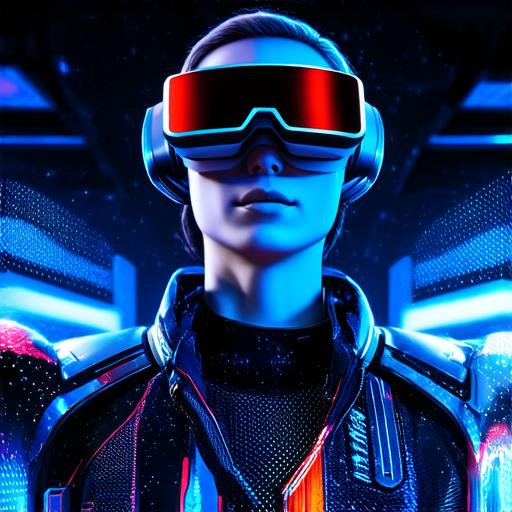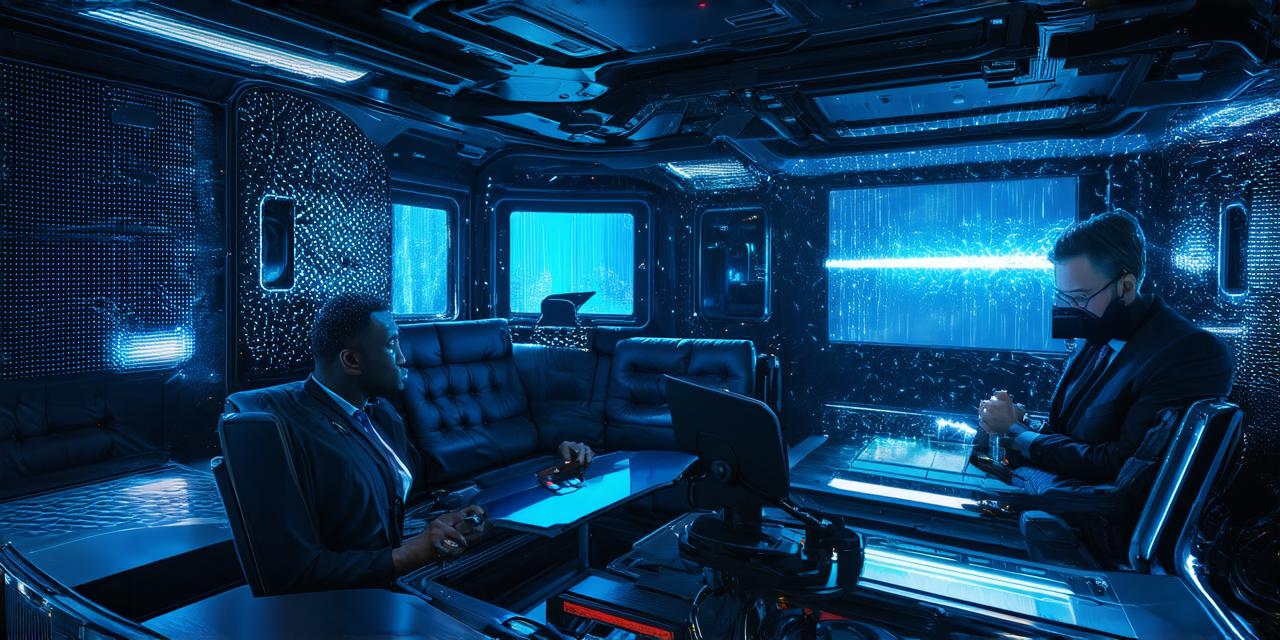Mixed reality (MR) is a technology that combines the real world with virtual elements to create an immersive experience. MR allows users to interact with both physical objects and virtual content in a seamless way, creating a more engaging and realistic experience than traditional virtual reality (VR) or augmented reality (AR).
History of Mixed Reality
Mixed reality has a long history, dating back to the 1960s when computer scientists first began experimenting with combining physical and virtual objects. One of the earliest examples of MR was the “Sword of Damocles,” which was created in 1968 by Ivan Sutherland. The device consisted of a large wooden pole attached to a headset, which projected a virtual sword in front of the user.
Over the years, MR technology has evolved significantly, with advances in computer hardware and software making it possible to create more realistic and interactive experiences. In recent years, the rise of smartphones and other mobile devices has made it easier for developers to create MR applications that can be accessed from anywhere.
Applications of Mixed Reality
Mixed reality has a wide range of applications across various industries, including gaming, education, healthcare, and manufacturing. Some of the most promising applications of MR include:
- Gaming: MR allows gamers to immerse themselves in a more realistic gaming experience by combining physical objects with virtual content. For example, MR games could allow players to interact with virtual characters in their physical surroundings, creating a more engaging and immersive experience.
- Education: MR can be used to create interactive educational experiences that allow students to learn in a more engaging way. For example, MR applications could allow students to explore historical events or scientific concepts in a more realistic and immersive way.
- Healthcare: MR can be used in healthcare to help doctors and patients visualize complex medical procedures or conditions. For example, MR simulations could be used to train surgeons on specific procedures, allowing them to practice in a safe environment before performing the surgery on a patient.
- Manufacturing: MR can be used in manufacturing to improve production processes by allowing workers to see how products will look and function in the real world before they are built. This can help reduce errors and improve efficiency.
Future Prospects of Mixed Reality
The future prospects of mixed reality are exciting, with many experts predicting that MR will become an integral part of our daily lives in the coming years. Some of the key trends shaping the future of MR include:
- Wearable Devices: As wearable devices become more advanced and affordable, we can expect to see more people using MR technology in their daily lives. For example, smart glasses with built-in MR capabilities could allow users to see virtual content overlaid on the real world.
- Artificial Intelligence: AI is likely to play a key role in the development of MR technology in the future. By combining AI with MR, we can create more intelligent and interactive experiences that adapt to the user’s needs and preferences.
- Cloud Computing: Cloud computing is also expected to play a significant role in the development of MR technology. Leveraging the power of cloud computing, we can create more scalable and accessible MR applications that can be accessed from anywhere.
- 5G Networks: The rollout of 5G networks is likely to provide a major boost to the development of MR technology. With faster and more reliable internet connections, we can expect to see more advanced and immersive MR experiences.

Summary
Mixed reality is an exciting technology that has the potential to revolutionize the way we interact with the world around us. By combining physical objects with virtual content, MR creates a more engaging and realistic experience than traditional VR or AR.


